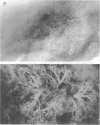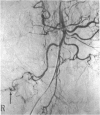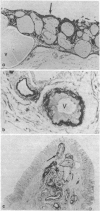Abstract
Twelve consecutive patients presenting with unexplained recurrent gastrointestinal bleeding were investigated by selective visceral angiography. A cause for the bleeding was shown in all 12 cases, and in eight the lesion responsible was diagnosed radiologically as an area of angiodysplasia. Abnormal areas were pinpointed by fluoroscopy and examination of the resected bowel with a dissecting microscope after injecting the vessels with barium. Histologically these areas had various microvascular abnormalities. Angiodysplasia is a useful descriptive radiological term, but does not seem to represent a single pathological entity.
Full text
PDF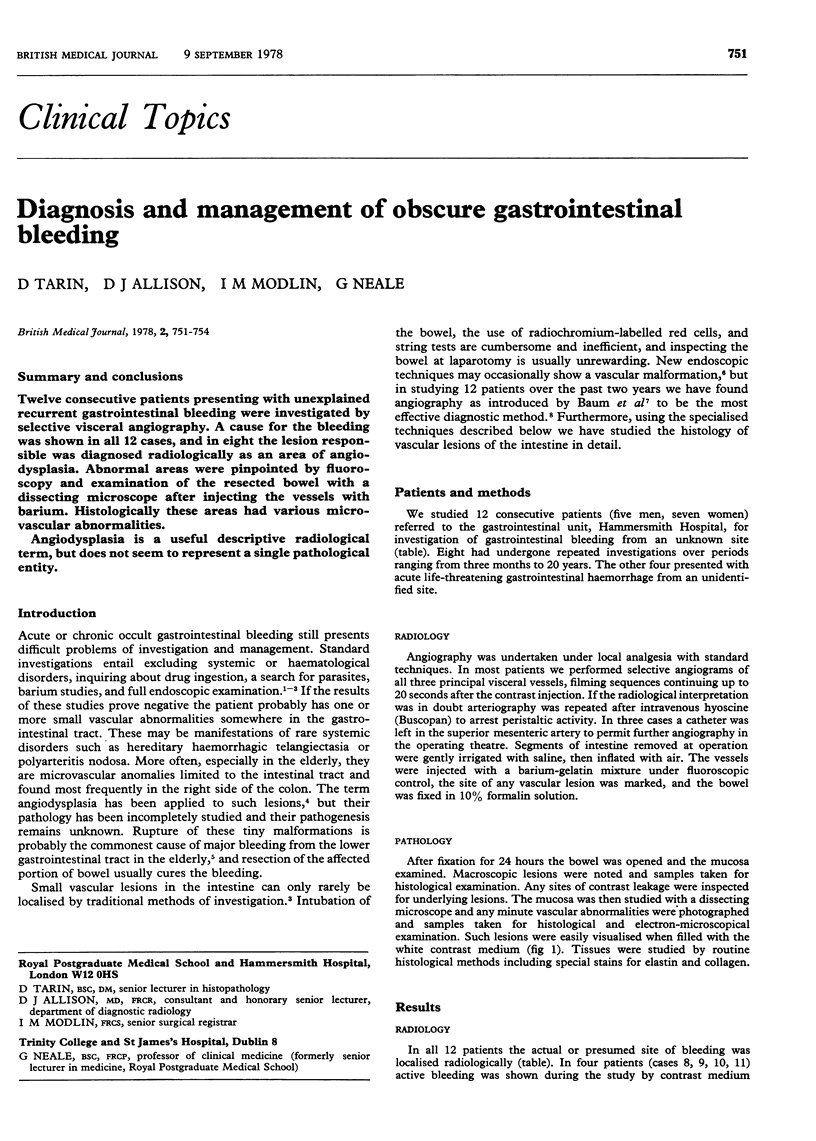
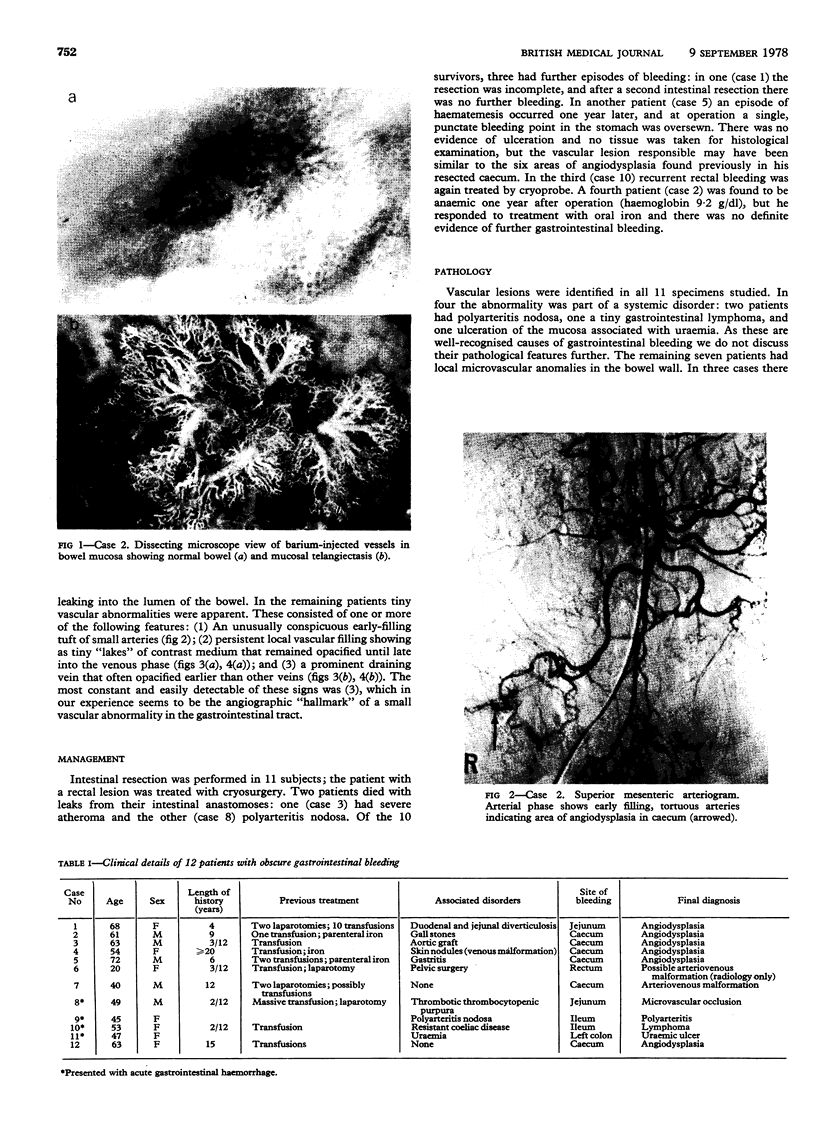
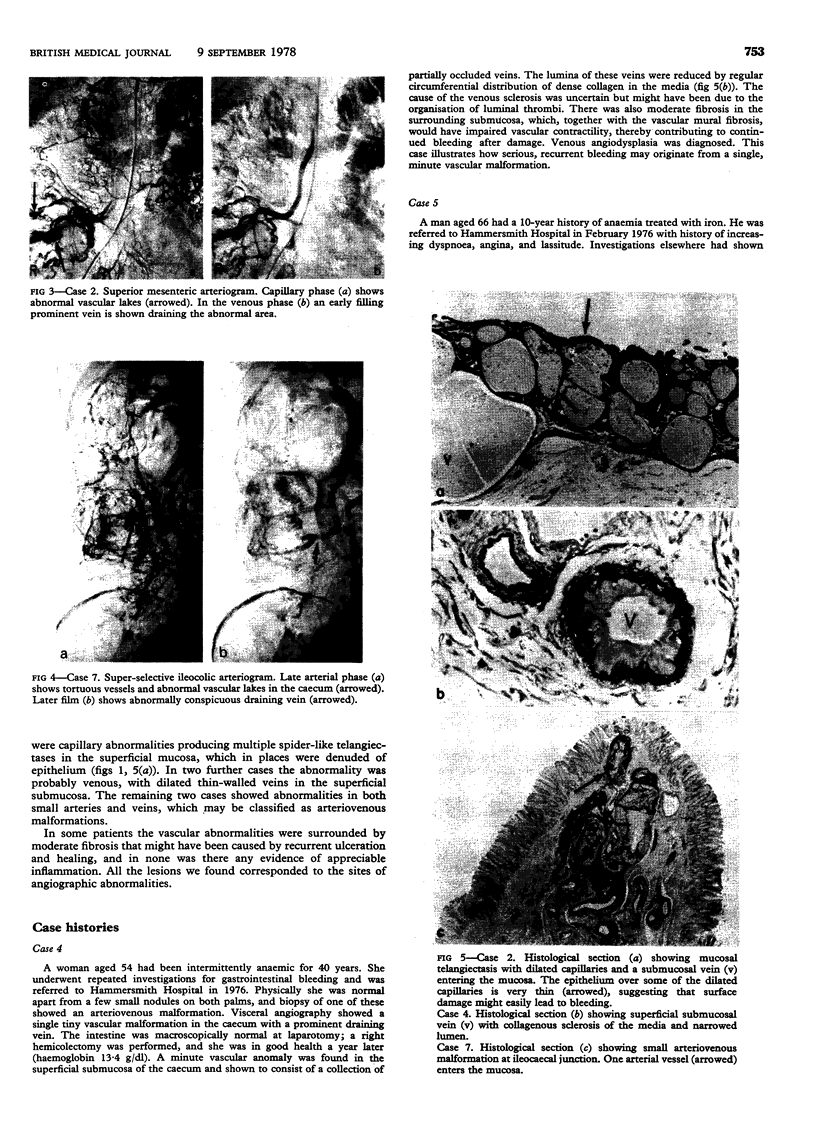
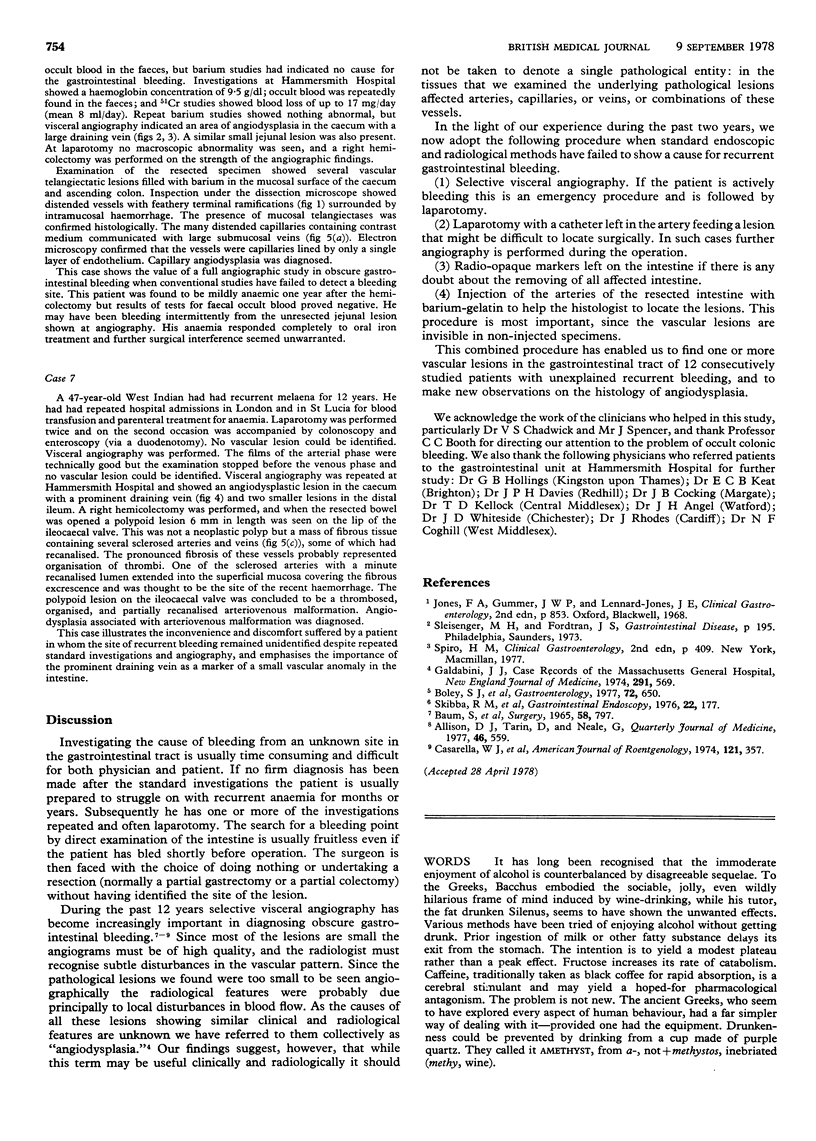
Images in this article
Selected References
These references are in PubMed. This may not be the complete list of references from this article.
- Baum S., Nusbaum M., Blakemore W. S., Finkelstein A. K. The preoperative radiographic demonstration of intra-abdominal bleeding from undetermined sites by percutaneous selective celiac and superior mesenteric arteriography. Surgery. 1965 Nov;58(5):797–805. [PubMed] [Google Scholar]
- Boley S. J., Sammartano R., Adams A., DiBiase A., Kleinhaus S., Sprayregen S. On the nature and etiology of vascular ectasias of the colon. Degenerative lesions of aging. Gastroenterology. 1977 Apr;72(4 Pt 1):650–660. [PubMed] [Google Scholar]
- Skibba R. M., Hartong W. A., Mantz F. A., Hinthorn D. R., Rhodes J. B. Angiodysplasia of the cecum: colonoscopic diagnosis. Gastrointest Endosc. 1976 Feb;22(3):177–179. doi: 10.1016/s0016-5107(76)73741-6. [DOI] [PubMed] [Google Scholar]



